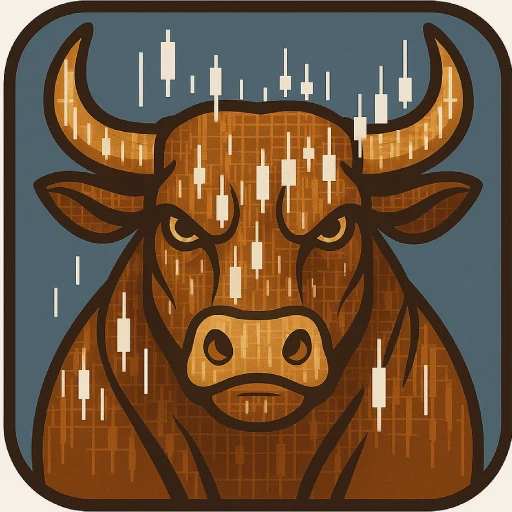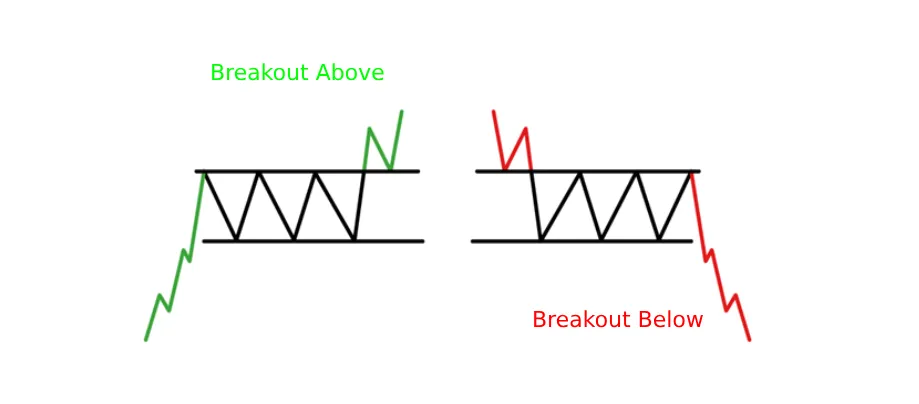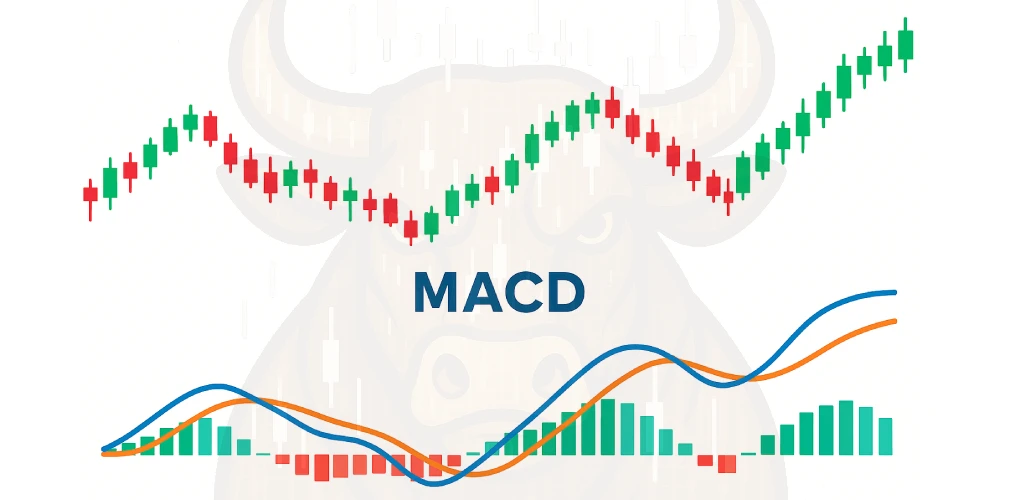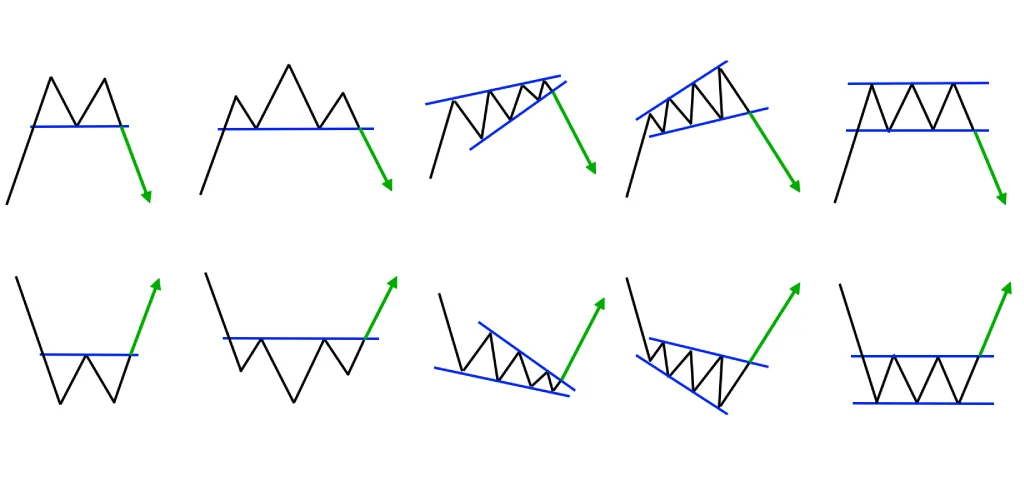🔗 What is Blockchain Technology? The Complete Beginner’s Guide (2025)
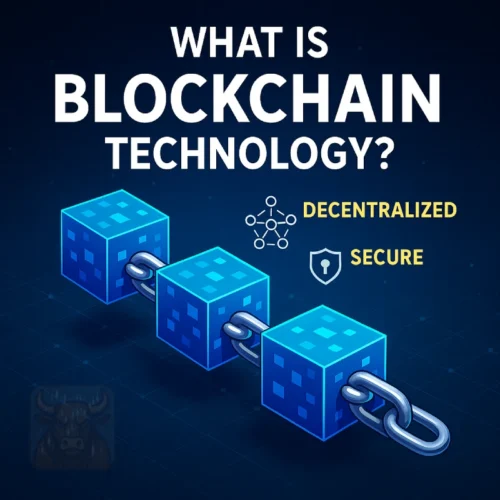
Did you know the first real-world blockchain transaction wasn’t for Bitcoin, but for pizza? In 2010, a programmer paid 10,000 BTC for two pizzas – worth over $600 million today! This quirky fact hides a revolutionary truth: blockchain is changing how we exchange value forever, and most people still don’t understand how it actually works.
In this plain-English guide, you’ll discover:
✅ How blockchain works (without the tech jargon)
✅ Real-world uses beyond cryptocurrency
✅ Why it’s nearly impossible to hack
✅ The surprising industries adopting blockchain
✅ My simple “blockchain in 60 seconds” explanation
“I used to think blockchain was just for Bitcoin – until I saw how it’s preventing counterfeit drugs in Africa. That’s when the lightbulb went off.” Let me walk you through this game-changing tech.
🔍 What is Blockchain Technology and How Does It Work? (For Beginners)
Blockchain is a decentralized digital ledger that records transactions across many computers. Unlike traditional databases controlled by banks or governments, blockchain has three key features:
- Decentralized: No single entity controls it
- Immutable: Records can’t be altered retroactively
- Transparent: All participants can verify transactions
📌 Key Components:
- Blocks: Containers for transaction data
- Chain: Cryptographically linked blocks
- Nodes: Computers maintaining the network
Why It Matters:
✔ Eliminates middlemen (banks, notaries)
✔ Reduces fraud (cannot be altered)
✔ Works 24/7 worldwide
Top 5 Things Blockchain Does Better:
- Records cannot be changed
- Cuts out the middleman
- Prevents fraud
- Improves traceability
- Enables digital ownership (NFTs, etc.)
⚙️ How Blockchain Works (Step-by-Step)
Let’s break down a Bitcoin transaction (simplified):
- You Request a Transaction
“Send 0.1 BTC to Sarah” - Network Validates
Nodes check if you have sufficient funds - Transaction Groups with Others
Forms a new “block” of pending transactions - Miners Solve Complex Math
Competes to validate the block (Proof-of-Work) - Block Added to Chain
Now permanent and unchangeable - Sarah Receives Bitcoin
Transaction complete in ~10 minutes
💡 Fun Fact: The “math problem” miners solve is actually guessing a random number – it’s like a global lottery where the prize is new Bitcoin!
🔐 Why Blockchain is So Secure
Three Layers of Protection:
- Cryptography
Each block has a unique digital fingerprint (hash) - Decentralization
No single point of failure – hackers would need to attack >51% of nodes simultaneously - Consensus Mechanisms
All nodes must agree before adding new blocks
📌 Real-World Example:
To alter one Bitcoin transaction from 2015, a hacker would need:
- More computing power than Google
- About $20 billion in electricity costs
- And they’d only change one block!
💼 Blockchain Applications Beyond Crypto
| Industry | How Blockchain Helps | Real Example |
|---|---|---|
| Healthcare | Secure medical records | Patientory |
| Supply Chain | Track goods from farm to shelf | Walmart’s food tracking |
| Voting | Prevent election fraud | West Virginia pilot |
| Real Estate | Instant property transfers | Propy |
| Art | Verify authenticity | Verisart |
💡Fun Fact: The NBA now uses blockchain for digital collectibles
🔄 Public vs Private Blockchains
| Feature | Public (Bitcoin) | Private (Hyperledger) |
|---|---|---|
| Access | Anyone | Invitation-only |
| Speed | Slower (5-60 min) | Faster (seconds) |
| Use Case | Currency | Business networks |
| Energy Use | High | Low |
⚠️ Warning: Many “private blockchains” are just fancy databases – the real innovation is in public chains.
✅ Pros and Cons of Blockchain Technology
Pros
- Eliminates need for intermediaries
- Highly secure and tamper-proof
- Transparent and verifiable
Cons
- Energy-intensive (for some blockchains)
- Scalability issues
- Complex for non-technical users
❓ Blockchain FAQs (Real Questions I Get)
No – Bitcoin uses blockchain tech, like email uses the internet.
Theoretically yes, practically no – it would require unimaginable resources.
Tokens incentivize miners to secure the network (no free lunch!).
The next internet phase built on blockchain (decentralized apps).
Not financial advice, but understand the tech first – many “blockchain” companies just added the word to their name!
📌 Key Takeaways
✔ Blockchain is a tamper-proof digital ledger
✔ Decentralization removes middlemen
✔ Security comes from math + network consensus
✔ Applications go far beyond cryptocurrency
✔ Public blockchains are the true innovation
🚀 Your Next Steps
- Try It: Send $5 in Bitcoin or Ethereum (the best way to learn)
- Explore: Check out Etherscan.io to view live transactions
- Learn More: Study smart contracts (blockchain’s “killer app”)
This isn’t just theory, it’s what I wish someone had explained to me before I bought that pizza in 2011 (just kidding… but seriously). The blockchain revolution is just beginning! 🚀
